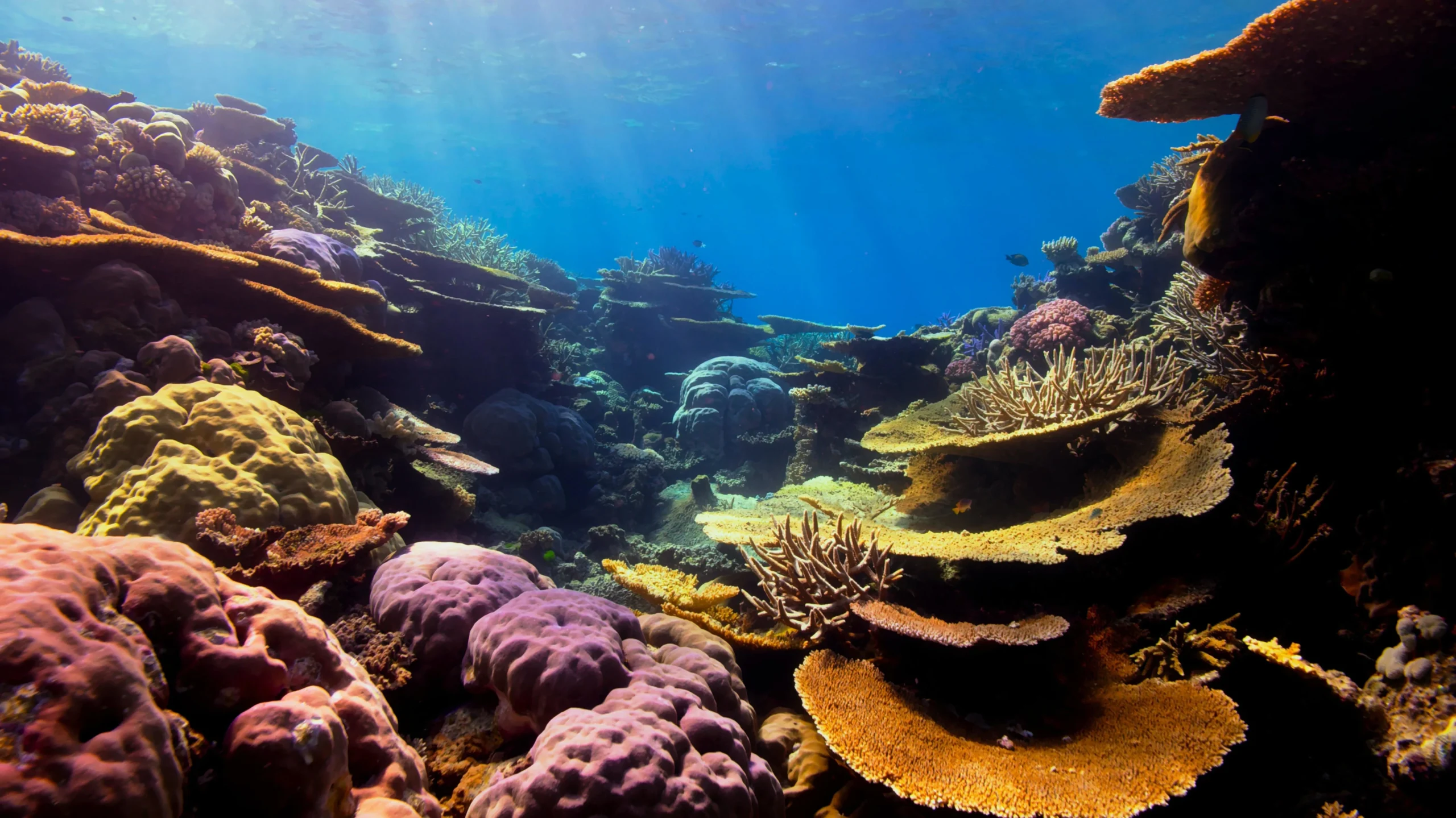Physical Address
304 North Cardinal St.
Dorchester Center, MA 02124

Coral reefs, often referred to as the “rainforests of the sea,” are among the most diverse and valuable ecosystems on Earth. They provide habitat for countless marine species, protect coastlines from erosion, and support fishing and tourism industries. This article explores the importance of coral reefs, their incredible biodiversity, and the critical threats they face, such as bleaching and human activities.
Coral reefs are formed by the calcium carbonate skeletons of tiny marine animals called coral polyps. These polyps live in symbiosis with photosynthetic algae called zooxanthellae, which give corals their vibrant colors and provide them with essential nutrients. The reef structure itself is a complex, three-dimensional habitat that supports a vast array of marine life, from fish and mollusks to sea turtles and sharks.
”Diagram of a coral polyp anatomy”
Reefs grow slowly, typically only a few centimeters per year, but they can span vast areas. The Great Barrier Reef in Australia, for instance, is the largest coral reef system in the world, stretching over 2,300 kilometers and supporting an astonishing diversity of life.
Coral reefs have a rich geological history, dating back over 500 million years. Ancient reefs were primarily built by different organisms, including sponges and algae. Modern coral reefs, formed by scleractinian corals, emerged about 240 million years ago. These reefs have survived multiple mass extinctions, showcasing their resilience and adaptability over geological time scales.
Coral reefs are primarily found in tropical and subtropical waters between the Tropic of Cancer and the Tropic of Capricorn. Key locations include:
The Red Sea: Noted for its unique species and vibrant coral formations.
Coral reefs play several critical roles in marine ecosystems and human societies:
Medical Discoveries: Many marine organisms found in coral reefs produce compounds with potential medical applications, including treatments for cancer, HIV, and other diseases.
Corals reproduce both sexually and asexually. Sexual reproduction involves the release of eggs and sperm into the water column, often synchronously in a mass spawning event. This leads to the formation of larvae that settle and grow into new polyps. Asexual reproduction occurs through budding, where new polyps grow from existing ones, and fragmentation, where pieces of coral break off and form new colonies.
Despite their importance, coral reefs are under severe threat from various factors, both natural and human-induced:
Coastal Development: Urbanization and infrastructure projects often lead to habitat destruction, increased sedimentation, and pollution, further stressing coral reefs.
‘researchgate.net/profile/Alex-Mercado-Molina’
Coral farming, or coral aquaculture, is a conservation strategy aimed at restoring damaged reefs. It involves cultivating corals in nurseries and transplanting them to degraded areas. This method not only helps rebuild reef structures but also supports biodiversity by providing habitat for various marine species. Coral farming projects are being implemented worldwide, with promising results in enhancing reef resilience and recovery.
Efforts to conserve coral reefs are ongoing and multifaceted, involving scientific research, policy initiatives, and community engagement. Key strategies include:
Climate Action: Addressing climate change through global efforts to reduce greenhouse gas emissions is essential for the long-term survival of coral reefs.
Coral reefs are invaluable ecosystems that support immense biodiversity and provide crucial benefits to human societies. However, they are facing unprecedented threats that require immediate and sustained conservation efforts. By understanding the importance of coral reefs and the challenges they face, we can take informed actions to protect these underwater treasures for future generations.
The fight to save coral reefs is a race against time, highlighting the need for global cooperation and local stewardship. Through collective action and increased awareness, we can ensure that these vibrant ecosystems continue to thrive and support the rich diversity of life they harbor.